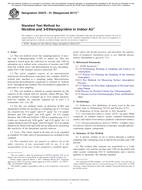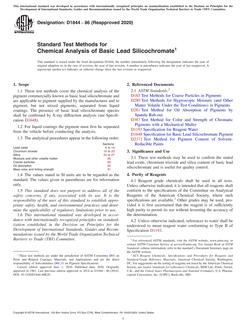1.1 Purpose – This guide establishes general requirements and considerations for the development of finite element models used in the evaluation of the performance of a metallic vascular stent design under uniform radial loading. Suggested criteria are provided for evaluating the typical cases of metallic stents under uniform radially oriented and pulsatile loading. Recommended procedures for checking and validating the finite element model(s) are provided as a means to assess the model and analysis results. Finally, the recommended content of an engineering report covering the mechanical simulations is presented.
1.2 Limits:
1.2.1 This guide is limited in discussion to the finite element structural analysis of metallic stents of the following types:
1.2.1.1 Plastically deformable metal stents.
1.2.1.2 Self-expanding metal stents.
1.2.1.3 Plastically deformable metal portions of covered stents.
1.2.1.4 Metal portions of self-expanding covered metal stents.
1.2.2 The emphasis of the techniques described in this guide is intended for both elasto-plastic materials such as stainless steel, and superelastic materials such as nitinol. Unique concerns associated with stents designed for shape memory behavior are not addressed within this guide.
1.2.3 This guide does not consider changes to possible time varying conditions or different loadings related to vascular remodeling.
1.2.4 This guide is restricted to cases that involve the application of uniform radially oriented loading.
1.2.5 This guide does not provide guidance in the application or interpretation of FEA in determining fatigue life.
1.2.6 This guide is not intended to include complete descriptions of the finite element method, nor its theoretical basis and formulation.
1.3 The values stated in SI units are to be regarded as the standard. The values given in parentheses are for information only.
Product Details
- Published:
- 07/15/2008
- Number of Pages:
- 8
- File Size:
- 1 file , 88 KB


